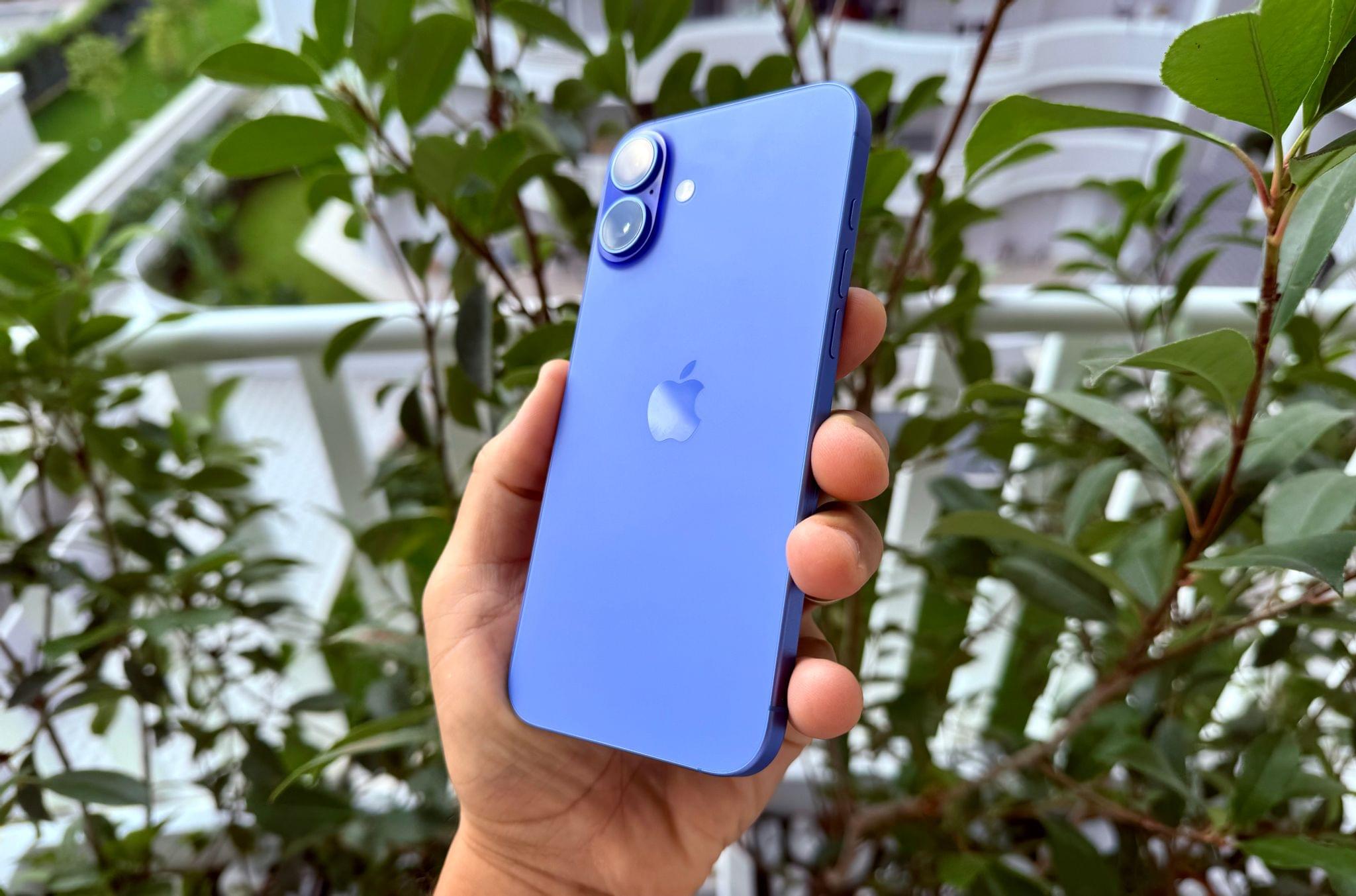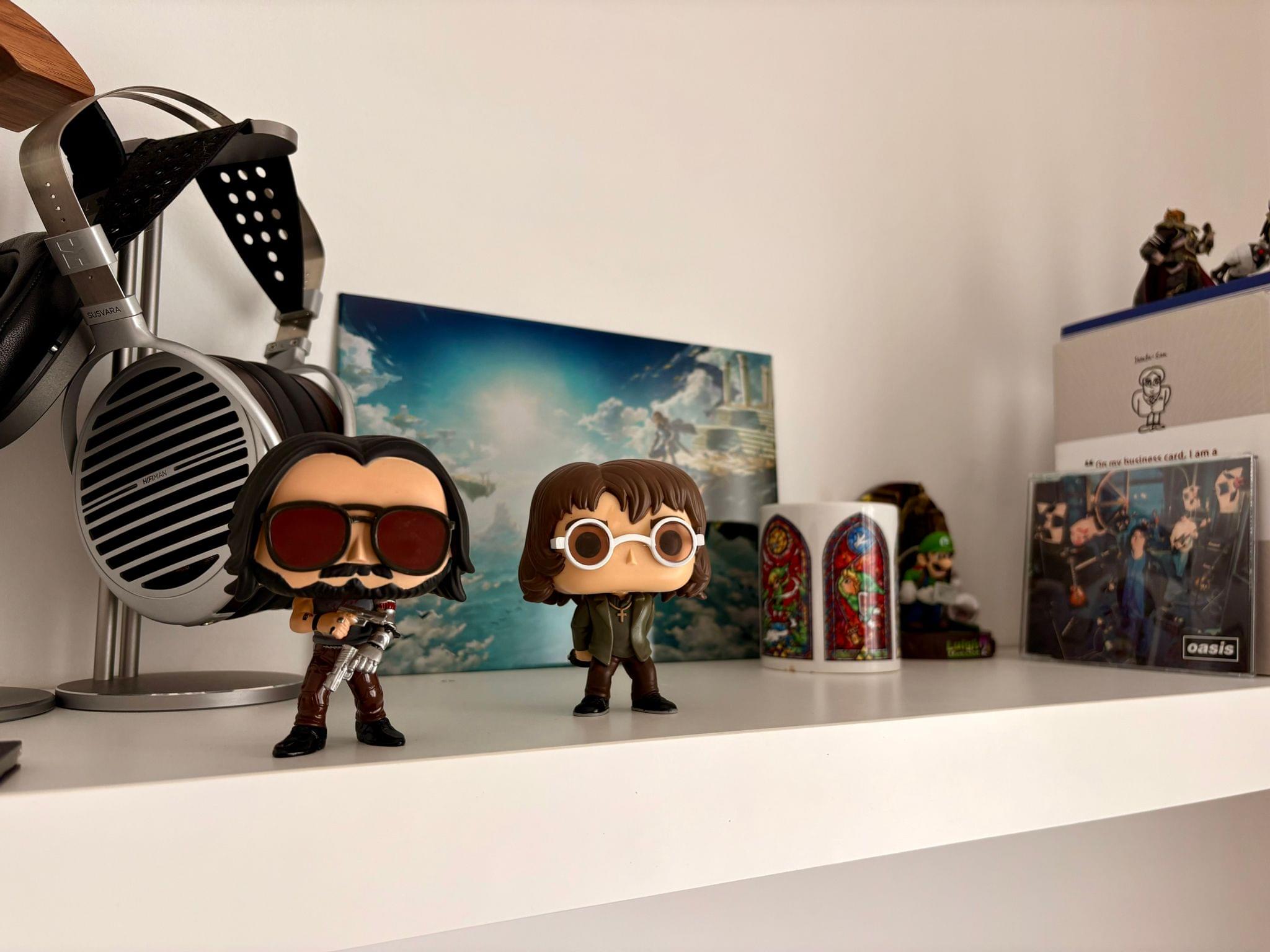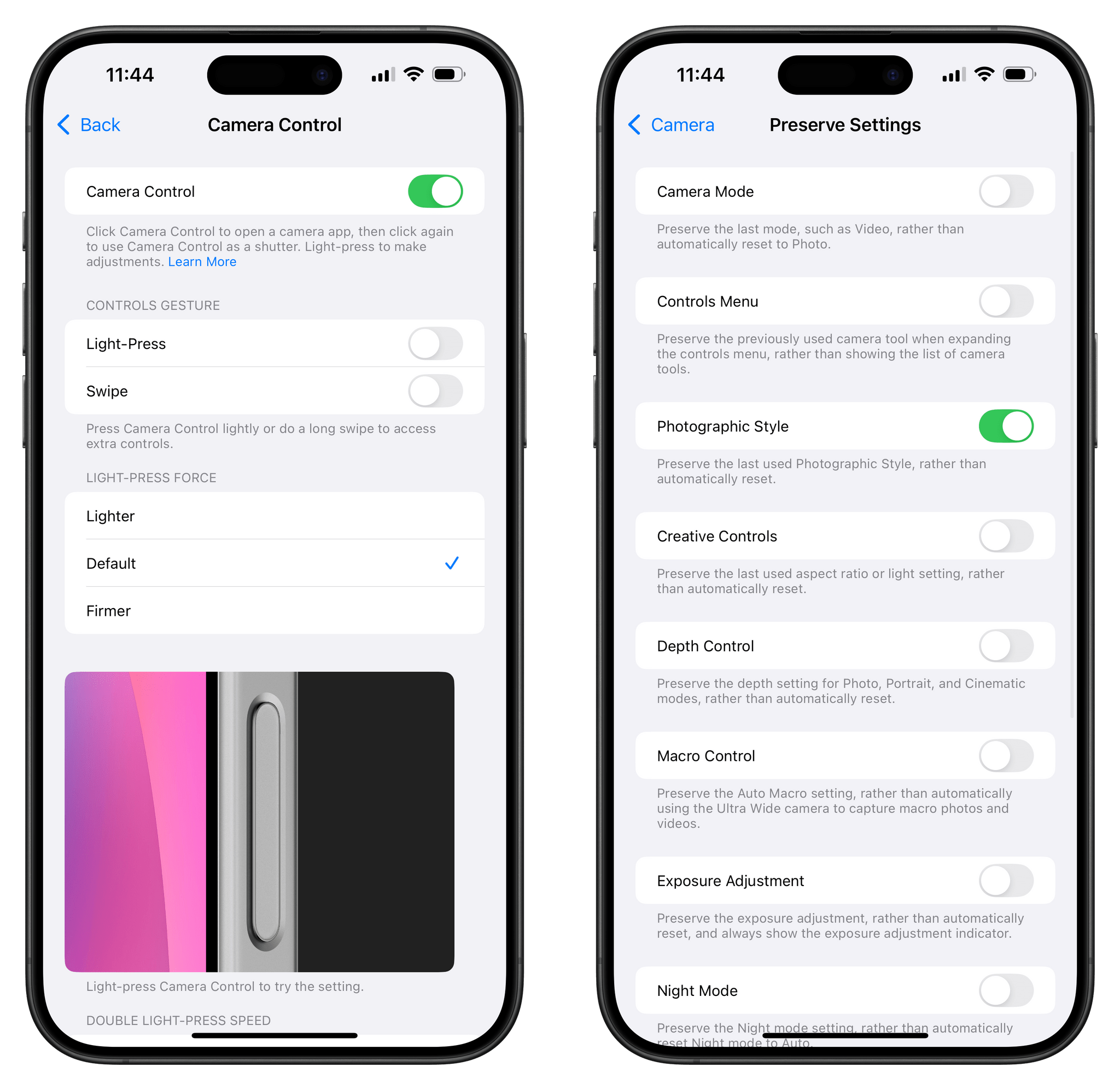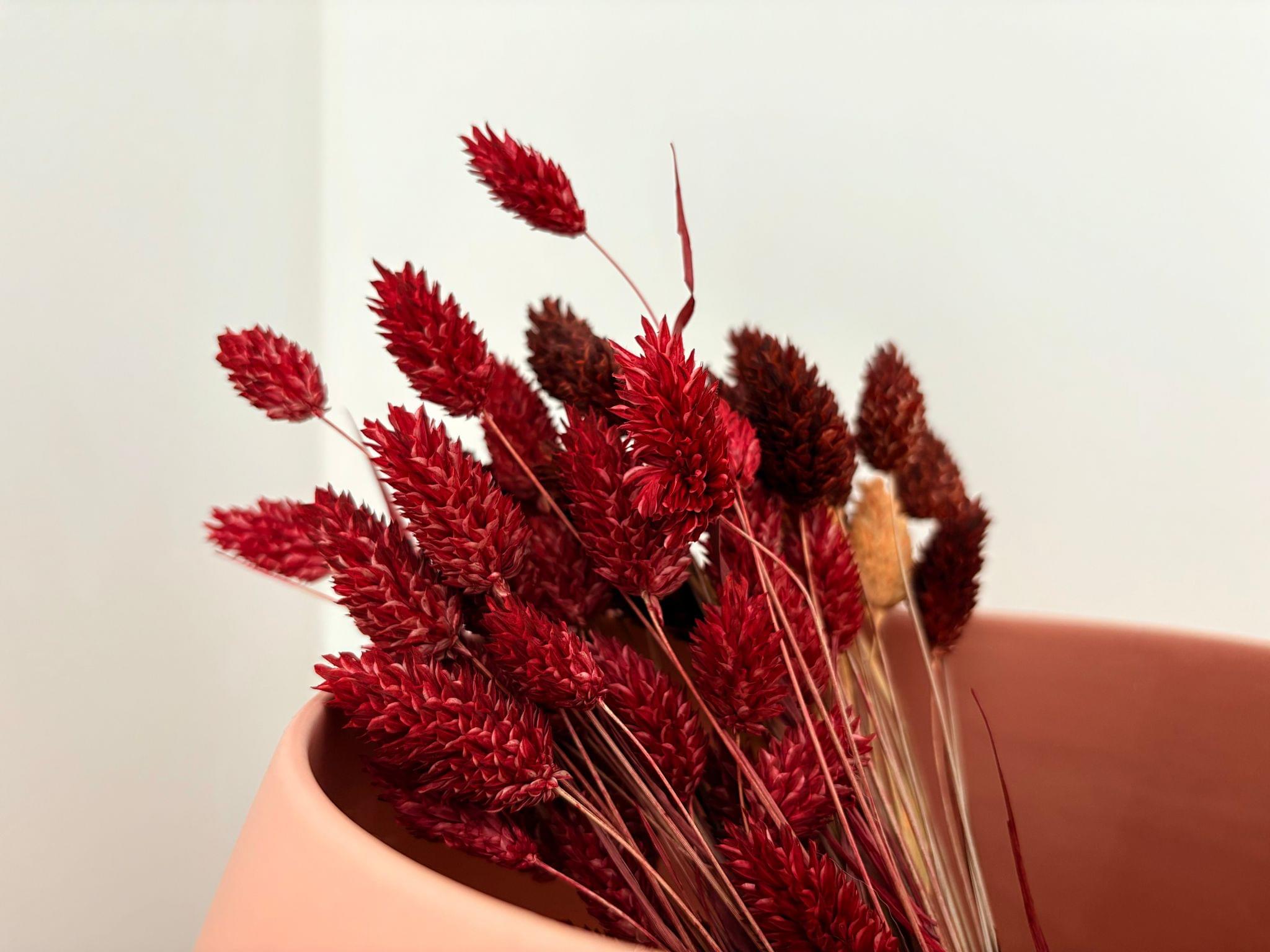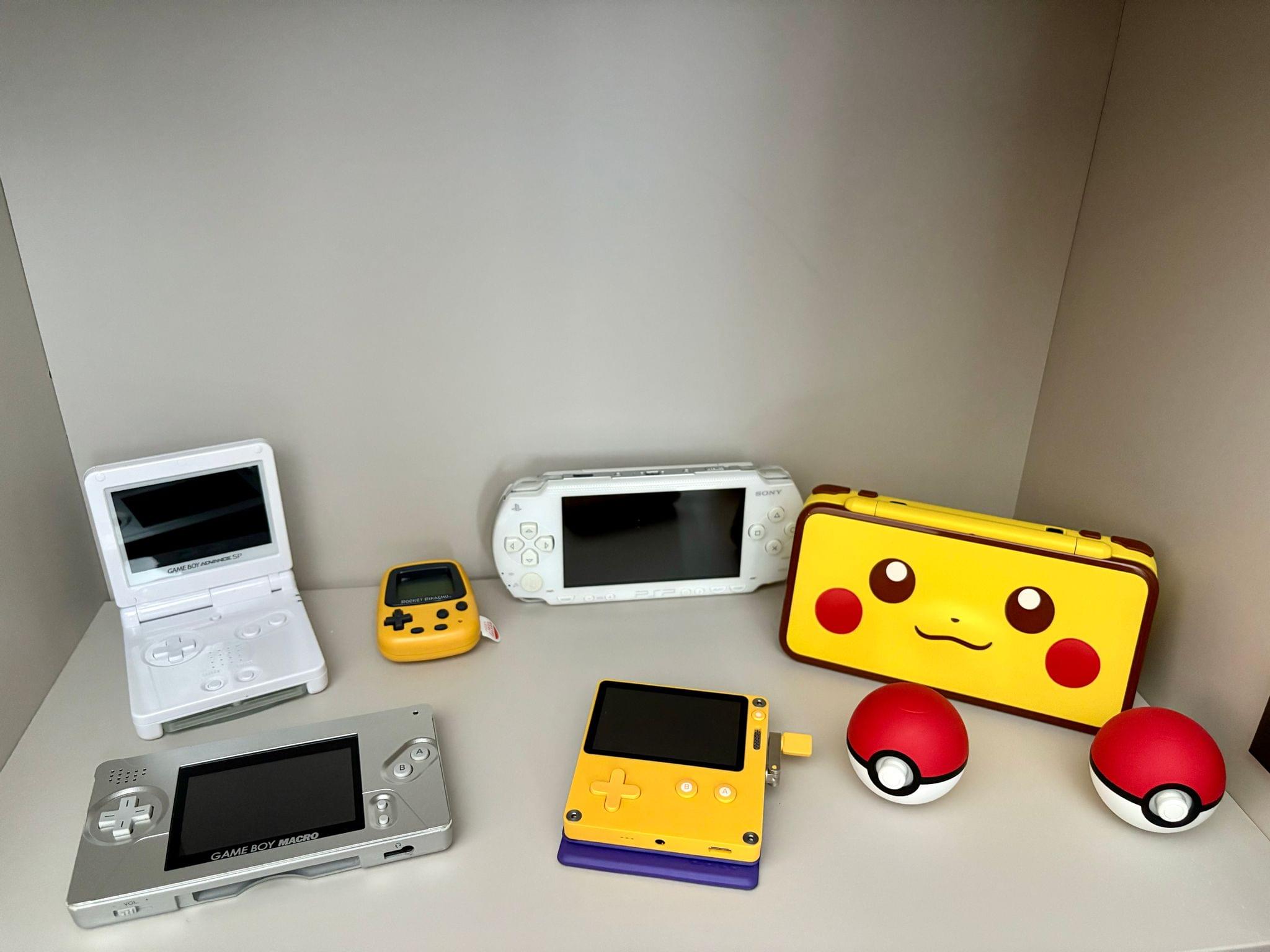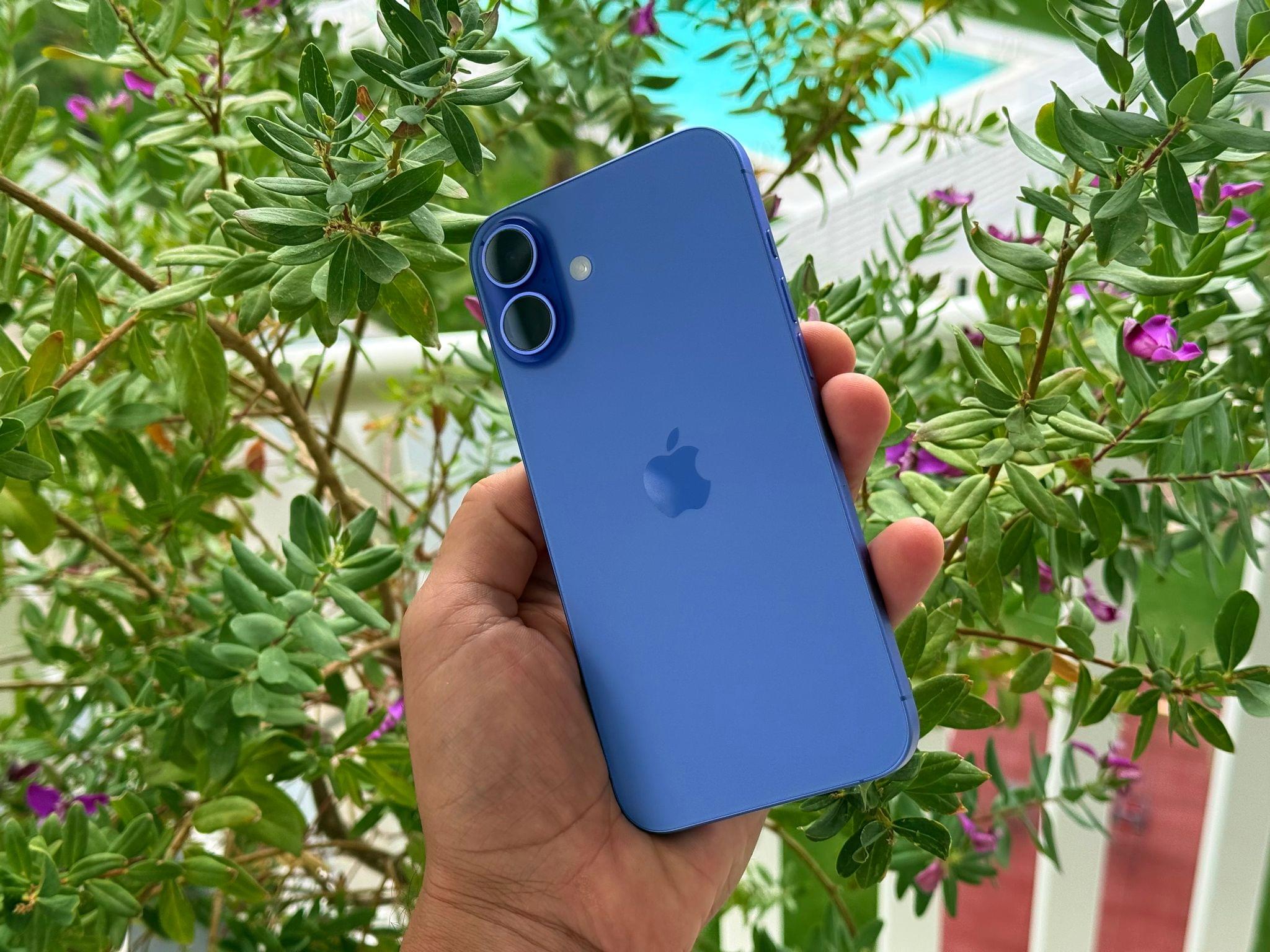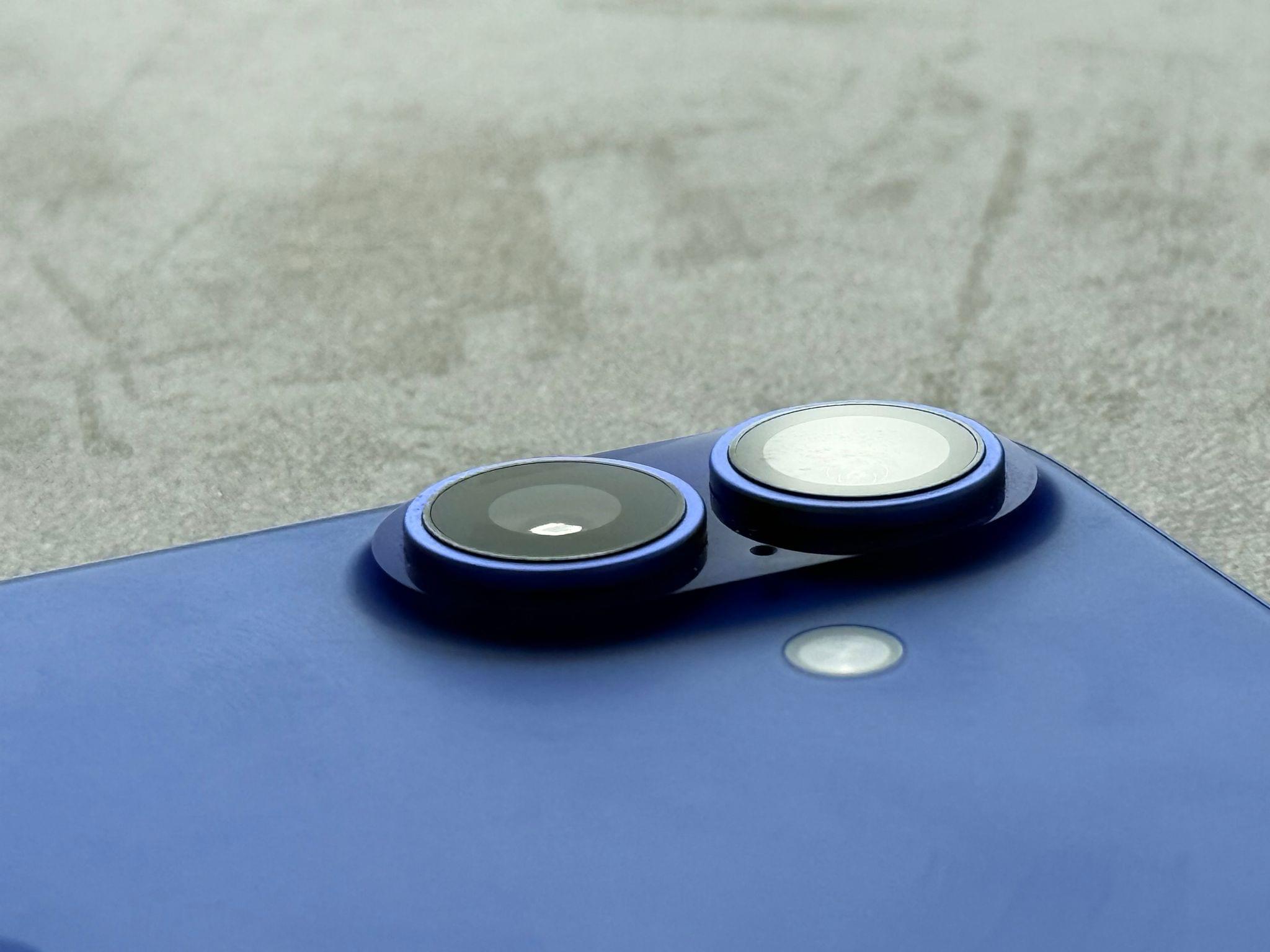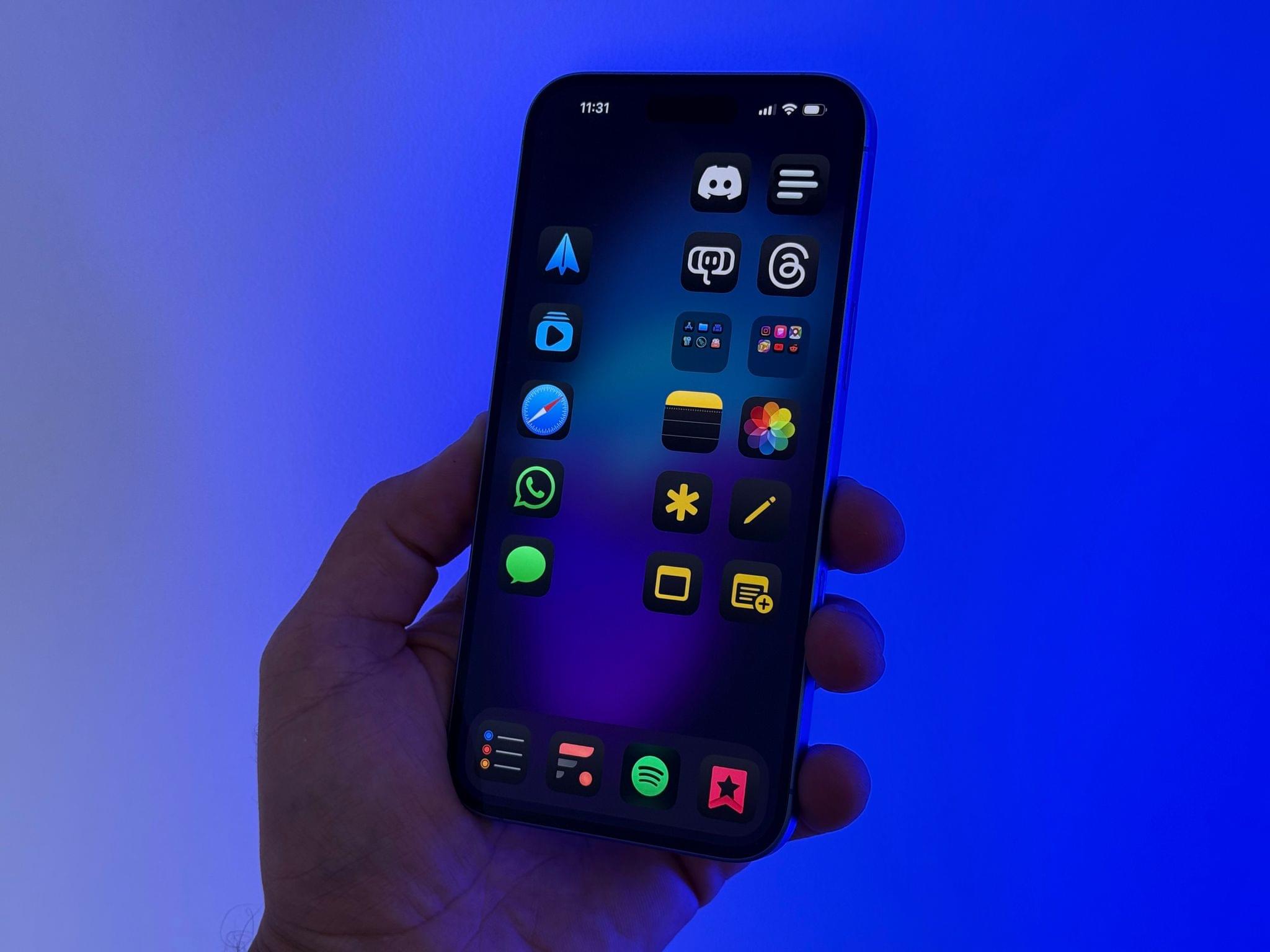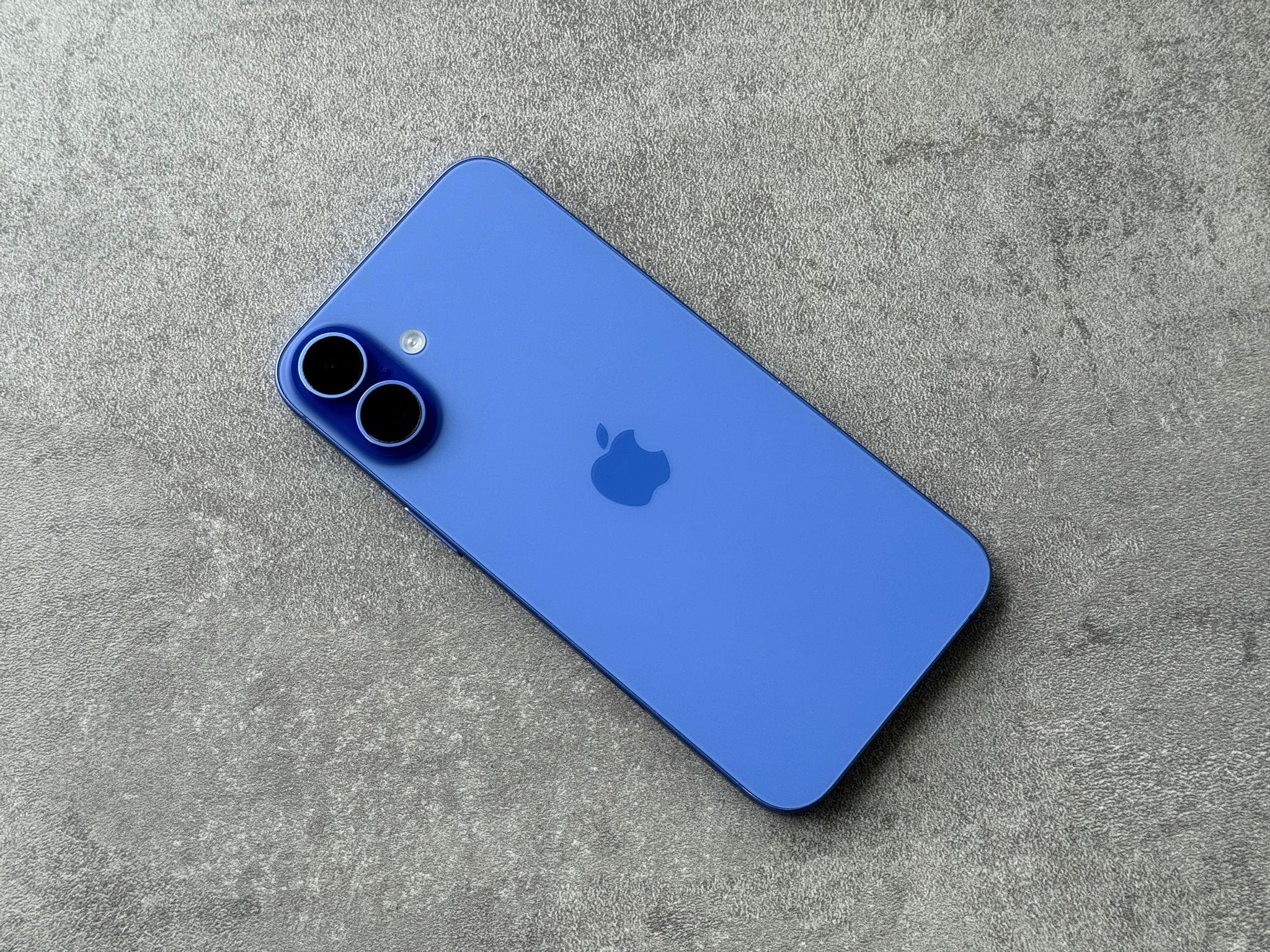If you asked me two weeks ago which iPhone model I’d be getting this year, I would have answered without hesitation: my plan was to get an iPhone 16 Pro Max and continue the tradition of the past five years. I’ve been using the largest possible iPhone since the XS Max and have bought the ‘Pro Max’ flavor ever since it was introduced with the iPhone 11 Pro Max in 2019. For the past five years, I’ve upgraded to a Pro Max iPhone model every September.
And the thing is, I did buy an iPhone 16 Pro Max this year, too. But I’ve decided to return it and go with the iPhone 16 Plus instead. Not only do I think that is the most reasonable decision for my needs given this year’s iPhone lineup, but I also believe this “downgrade” is making me appreciate my new iPhone a lot more.
It all comes down to a simple idea: fun.
Realizing That, Indeed, Maybe I’m Not a Pro Anymore
This thought – that perhaps I could be just fine with a regular iPhone instead of a Pro variation – first popped into my head while I was watching Apple’s September keynote. With the addition of last year’s Pro-exclusive Action button and the cross-model introduction of the new Camera Control, I thought maybe I wouldn’t feel “left behind” in terms of major new iOS features. Historically, that’s always been the pull of the Pro line: there’s something exclusive to them – whether it’s the size, display technology, or design language – that pushes me to eschew the base model in favor of the more expensive Pro one, where “Pro” actually means “best”. But if the features I cared about most were trickling down to the non-Pro iPhones too, could my personal definition of “best” also change?
Besides feature availability, I also had a vibe-related realization during the keynote. More than in previous years, some parts of the photography segment were really technical and, for my personal taste, boring. Don’t get me wrong. I appreciate that Apple is unlocking incredible potential for photographers and filmmakers who want to shoot with an iPhone and have unlimited control over their workflow. It is necessary for the company to push the envelope and put that kind of power in the hands of people who need it. But that’s the issue: as I was watching the segment on audio mixes and nearly dozing off, for the first time in years I felt that Apple wasn’t targeting me – and that maybe that phone wasn’t meant for me.
I know, right? It sounds obvious. But if you’ve been writing about Apple or have been part of the “Apple community” for as long as I have, you know that there’s a kind of invisible social contract wherein true nerds are supposed to be getting and producing content about the most expensive iPhones every year. I know and say this because I’ve been guilty of this line of thinking before. There’s almost an expectation that whoever creates content about Apple needs to do so from the top down, purchasing the highest-end version of anything the company offers. But if you think about it for a second, this is a shortsighted approach: the vast majority of people can’t afford the most expensive Apple products and, in reality, most of our stories run the risk of sounding too aspirational (if not alienating) to them rather than practical.
This meta commentary about purchasing Apple products and the parasocial pressure of writing about them is necessary context because, regardless of my initial feelings during the keynote, I still went ahead and ordered an iPhone 16 Pro Max. Despite me not caring about any of the advanced camera stuff in the Pro models, despite the Action button and Camera Control arriving on the base models, and despite Brendon’s story on this very topic that resonated with me, I still thought, “Well, surely I’m supposed to be getting an iPhone 16 Pro Max. I can’t be the type of person who ‘downgrades’ to a regular iPhone 16, right?”
And so preorder I did, ever so convinced I had to stick with a more expensive (and more visually boring) iPhone because of the always-on display, ProMotion, telephoto lens, and increased battery life.
When the 16 Pro Max arrived, I could instantly tell that something felt off about it this year. I’m not saying that it wasn’t a good upgrade from my iPhone 15 Pro Max; the improved ultra-wide camera was great, battery life was magnificent, and the thinner bezels looked nice. What I’m saying is that, more so than in previous years, I felt like it was almost “too much iPhone” for me, and that its changes were only marginally improving upon my experience from the previous generation. Meanwhile, I was giving up the fun looks, creative constraints, and increased portability of an iPhone 16 Plus to keep up my end of an unspoken bargain with my audience – or maybe just myself.
The more I used the iPhone 16 Pro Max, the more I felt that it crossed a threshold of weight and screen size that I was not expecting. I’ve always been a strong proponent of large iPhones, but for the first time, the 16 Pro Max felt too big and heavy. This idea solidified when Apple eventually sent me a review unit of the iPhone 16 Plus: there I was, using an iPhone slightly smaller than the Pro Max (but still big enough), which was also 30 grams lighter, and, more importantly, had a stunning ultramarine color that put a smile on my face whenever I used it.
I used the iPhone 16 Plus for a few days alongside my iPhone 16 Pro Max. During that experiment, I realized that my initial feelings were right and I should have trusted my original instincts. The iPhone 16 Plus had all the things I wanted from a new iPhone (large screen, good battery, Action button, Camera Control, A18 performance) in a more accessible package that traded advanced photography features for increased portability and, yes, pure aesthetics. And just like I accepted a few months ago that I’m not necessarily an AirPods Pro person but actually prefer the base model AirPods, so I decided to return my iPhone 16 Pro Max and get an iPhone 16 Plus instead.
After a week, I haven’t missed the bigger, heavier iPhone 16 Pro Max at all. In fact, using the iPhone 16 Plus and forcing myself to be creative within its photographic constraints has reignited in me a passion for the iPhone lineup that I hadn’t felt in years.
Using (and Loving) the iPhone 16 Plus
Let’s address the elephant in the room: I’m not missing ProMotion and the always-on display as much as I feared I would.
I’ve never been a heavy user of Lock Screen widgets, so not seeing glanceable information on my Lock Screen without waking up the display is not a big deal. I thought I was reliant on the always-on display, but it turns out, I was just leaving it on because I could. If anything, I’d argue that not always seeing my iPhone’s display when I’m at my desk helps me stay more focused on what I’m doing, and it’s making me appreciate using my Apple Watch1 to, well, check the time even more. In a way, the absence of the always-on display is the best Focus mode I’ve ever tested.
Plus, raising my iPhone or tapping the screen to wake up the display is not the end of the world.
The lack of ProMotion took a longer adjustment period – where by “longer” I mean two days – but now it’s fine. I’ve been switching between my iPad Pro with a ProMotion display and the iPhone 16 Plus without one, and I lived to tell the tale. I wish I had a better way to convey this that doesn’t boil down to, “My eyes got used to it and it’s okay”, but here we are. I was firmly in the camp of, “I can never go back to a non-ProMotion display”, but when you use a device that doesn’t have it but makes you happy for other reasons, it’s doable. Plenty of folks who claim that non-ProMotion iPhones are a non-starter also enjoy using the iPad mini; it’s the same argument. If next year’s “Plus” equivalent model (or whatever replaces it) gets ProMotion, then great! I’ll happily take it. Otherwise, it’s fine.
The feature I’m missing most from the iPhone Pro Max is the telephoto lens. I took a lot of pictures of my dogs using that 5x zoom, and I wish my iPhone 16 Plus had it. But something that Brendon suggested in his story came true for me: the limitations of the iPhone 16 Plus are forcing me to be creative in other ways, and it’s a fun exercise. I need to frame subjects differently, or get closer to them, and accept that I can’t optically zoom from far away like I’ve been doing for the past year.
I took plenty of amazing pictures for years using iPhones without a 5x lens, and I still cherish those photos. When I look at some of the pictures I’ve taken over the past week with my iPhone 16 Plus, I can’t complain. So what if I don’t have access to the absolute best camera Apple makes for professional users? A base model iPhone can still capture remarkable shots. I can live without “best”.
Which brings me to the camera-related changes in this year’s iPhone lineup.
On one hand, I find the default behavior of the Camera Control button too fiddly. The “half-press” faux clicks are tricky to get right, impossible to explain to other people, and, worst of all, not as configurable as I hoped. If I have to carefully swipe on a thin capacitive button to access additional Camera controls, I might as well just touch the screen and get it done faster thanks to larger UI elements. I would have preferred the ability to assign half presses to specific features, such as toggling zoom levels, switching to the selfie camera, or choosing between 12 and 48 MP shooting modes.
For now, thanks to new options available in the iOS 18.1 beta under Accessibility, I’ve outright disabled half presses, and I’m just using Camera Control as a shutter button. I may reconsider when Apple ships the two-stage shutter mode for auto-focus later this year. But with this setup, I love using Camera Control as a “simple” button that opens the Camera from anywhere and takes a picture. It’s become my default way for launching the Camera and allowed me to get rid of all the other Camera shortcuts I had on the Lock Screen and in Control Center.
On the other hand, I immediately became a fan of the new photographic styles on the iPhone 16 and the ability to bring back shadows in my photos thanks to undertones.
For a few years now, I (and many others) have felt like the iPhone’s camera was producing rather uninspired results where everything looked too homogeneous and equalized. I didn’t know how to put this into words until I read and watched Nilay Patel’s review of the iPhone 16 models. Because the camera aggressively balances highlights and shadows so that everything is bright and visible in a picture, nothing truly stands out by default anymore. I understand why Apple does this (we spend so much money on these phones; surely we want to see every detail, right?), but I still disagree with the approach. I’d rather have fewer details in a photo with character that latches onto my visual memory than a “perfect” shot where everything is nicely lit, but ultimately forgettable.
Post by @viticciView on Threads
This year, rather than fixing the root of the problem, Apple pretty much said, “You figure it out”. And that’s what I did: I simply tweaked the ‘Standard’ photographic style to have tones in the -0.5/0.7 range and enabled the option to preserve this setting, and that was it. Now every picture I take pops a little bit more, has more shadows, and feels less like an ultra-processed digital artifact despite the reality that, well, it still is. The fact that I can even alter styles after a picture is taken (the amber and gold styles are my favorites so far) with individual controls for color intensity and tone is just icing on the cake.
And now for the hardest part of this story: expressing in a blog post the fleeting, intangible quality of “fun” and why using a colorful iPhone after years of stone-like slabs makes me smile. Most of this is going to sound silly, and that is the point.
The iPhone 16 Plus’ ultramarine color is amazing to see in person. Everything about it stands out: the Apple logo on the back, which has a texture I prefer to the iPhone 16 Pro Max’s glass; the flat, darker sides; the different, shiny hue of the Camera Control button; and especially the brilliant color of the glass camera bump. If you don’t like the idea of your iPhone being very vibrant and recognizable, I get it. Personally, I love that something so colorful is also a piece of cutting-edge technology; it creates a contrast between this device looking toy-like in nature and it actually being a powerful pocket computer. It reminds me of my beloved pink and blue PSPs. There’s something about advanced tech that meets color. I don’t know, ask the iMac about it.
I love the fact that when I pull out this phone, people look at it and ask me questions. If you’d rather not have people start a conversation with you about your phone, I also get it! But as we’ve established, I love talking to people about tech, and I appreciate that this phone is catching people’s attention so that I have to explain what it is and what it does.
I told you this part was going to sound silly, so stay with me: I love how this phone looks alongside the tattoos on my right hand and left arm. I mean, I’m a walking definition of vibrant colors. If you think I’m crazy for believing in such ideas, thank you. When I’m working at my desk and look down at the blue phoenix on my left arm, then see the ultramarine iPhone 16 Plus next to me, I chuckle. This thing looks good.
For now, I’m using the iPhone 16 Plus without a case because I like how the device feels in my hands and want to show off its color. I’m a little concerned about the durability of the blue paint around the camera lenses, though, and I’m considering getting something like an Arc Pulse to protect the camera bump on the back.
I wasn’t expecting this, but the 30-gram difference between the iPhone 16 Pro Max and 16 Plus is noticeable in the hand. I’ve been using the 16 Plus a lot to catch up on my queues in GoodLinks and Unwatched, and I haven’t felt the same pressure on my left wrist (which has been acting up lately) as I did when I was testing the 16 Pro Max. I’m a little disappointed about the rumors that the iPhone 16 Plus will be the last of its kind; however, if Apple will indeed release a much slimmer “iPhone Air” in 2025, I guess this exercise of not using a Pro model for a year will pay off.
Lastly – and I can’t believe I’m typing this after my iOS 18 review – I have to give a shoutout to dark and tinted icons on the iPhone 16 Plus. I installed a deep blue/purple wallpaper to match my phone’s color; when combined with dark icons (which I’m using by default) or some variations of the tinted ones, the results aren’t bad at all:
Fun, Unique Tech for Everyday Life
What I’m trying to convey in this story is the following concept:
For the past few years, I never cared about my iPhone as a physical object. I was more concerned with the resolution, cameras, and other specs – what was inside the phone. The devices themselves weren’t eliciting any particular reaction; they were the same slabs year after year, replaced in a constant cycle of slab-ness for the pursuit of the “best” version of whatever Apple made during that year. This is why the last “new” iPhone I truly remember was the groundbreaking iPhone X. If you asked me to tell you what the 12, 13, 14, and 15 Pro Max felt like in everyday usage, I wouldn’t be able to answer precisely. One of them introduced the Dynamic Island and another was made of titanium, I guess? They were great phones, albeit forgettable in the grand scheme of things.
This year, I’ve realized that using devices that have something fun or unique about them compounds my enjoyment of them. This isn’t about those devices being “pro” or colorful; it’s about them adding something fun and different to my life.
I enjoy using the 11” iPad Pro because it’s thin and has the nano-texture display that lets me work outside. The Steam Deck OLED with matte display produces a similar feeling, plus it’s got a unique ergonomic shape that fits my hands well. I like the orange Action button and Digital Crown circle of my Apple Watch Ultra 1 and how they pair with my orange Sport band. The Meta Ray-Bans are good-looking glasses that also happen to have a camera and speakers. The Legion Go is bulky, but the controllers feel great, the display looks amazing, and the console is extremely moddable. Each of these devices has some flaws and isn’t the “best” option in its respective field; however, as products I use in everyday life, they’re greater than the sum of their parts.
The iPhone 16 Plus isn’t the most powerful model Apple makes. But for me, its combination of color, texture, reduced weight, and modern features makes it the most pleasant, fun experience I’ve had with an iPhone in a long time.
- Speaking of which, thanks to audio playback and Live Activities in watchOS 11, I don’t miss seeing these features on the iPhone’s always-on Lock Screen that much either. ↩︎


